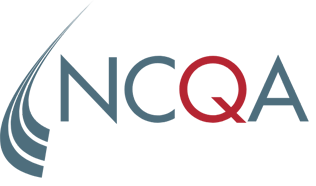Yes. As stated in General Guideline 30, both standard and nonstandard supplemental data files must contain all data elements required by the hybrid specification, regardless of the reporting method used (administrative or hybrid). However, for HEDIS 2019, NCQA makes an exception for only standard supplemental data files and for only the Adult BMI Assessment (ABA) and Weight Assessment and Counseling for Nutrition and Physical Activity for Children/Adolescents (WCC) measures.
Because the values (height, weight) used to calculate BMI are often stored in EMRs and not included in data extracts, NCQA does not want to penalize plans for not having these data elements in their data files. Auditors may approve standard supplemental data files that include only the date and the BMI value or percentile.
For the WCC nutrition and physical activity counseling indicators, a date of service and an applicable code from the VSD counts as compliant.
NCQA is evaluating the standard supplemental data requirement for all other hybrid measures for HEDIS 2020.
HEDIS 2019

